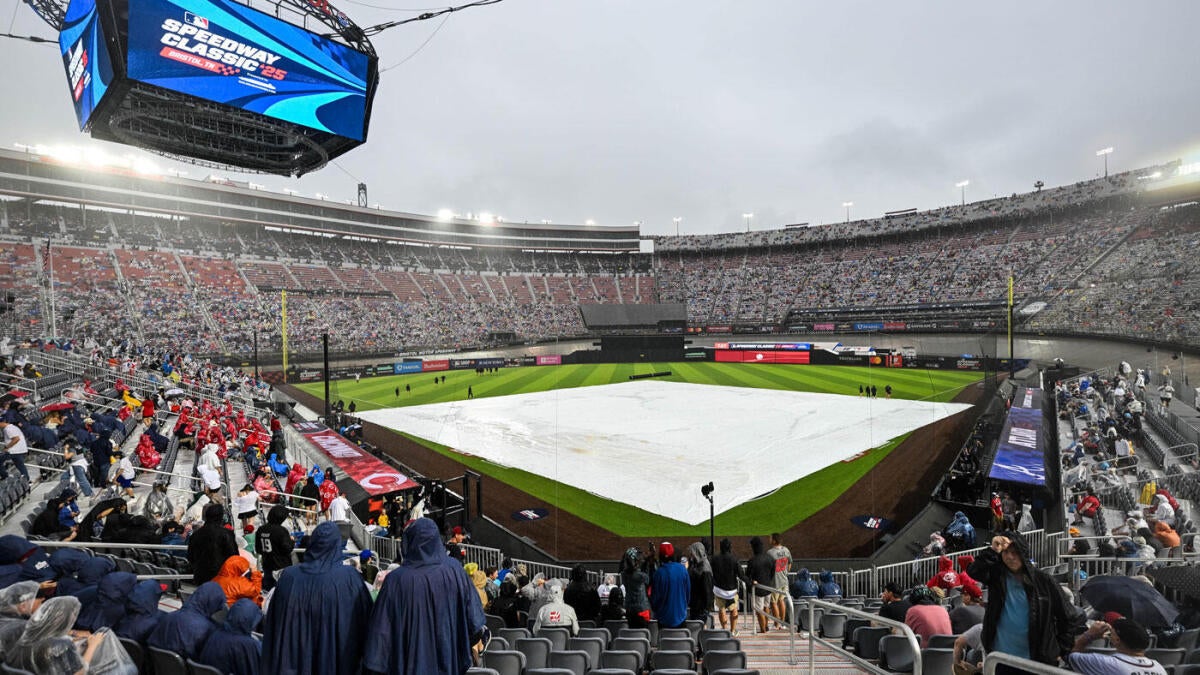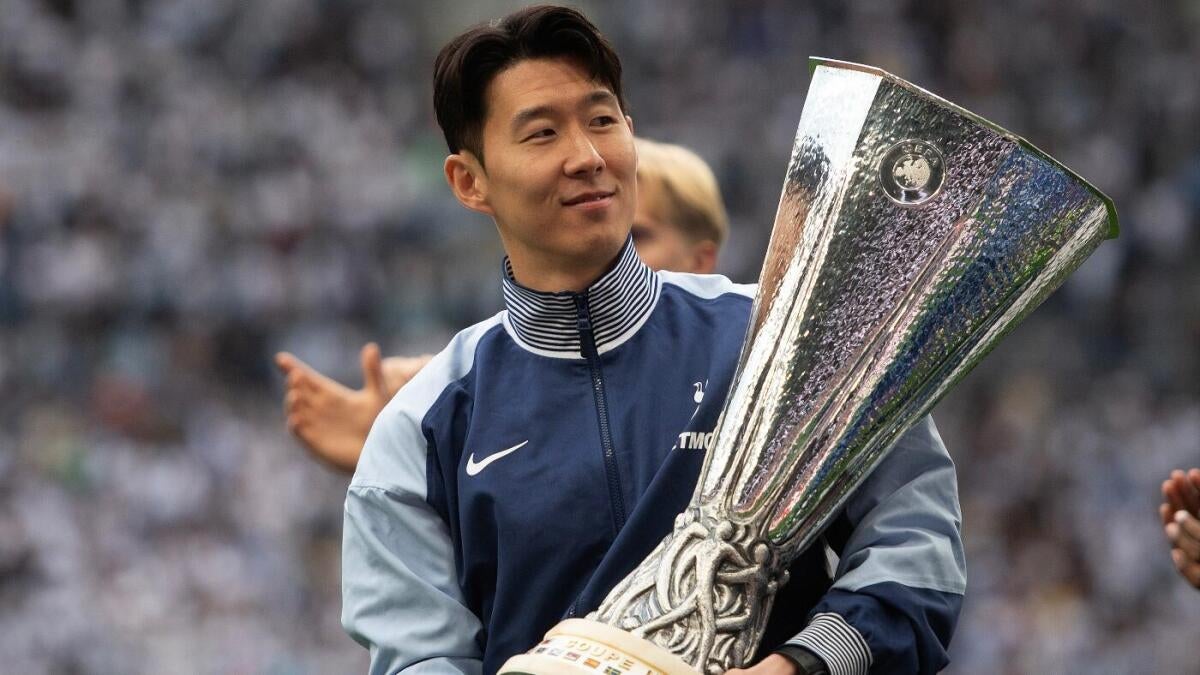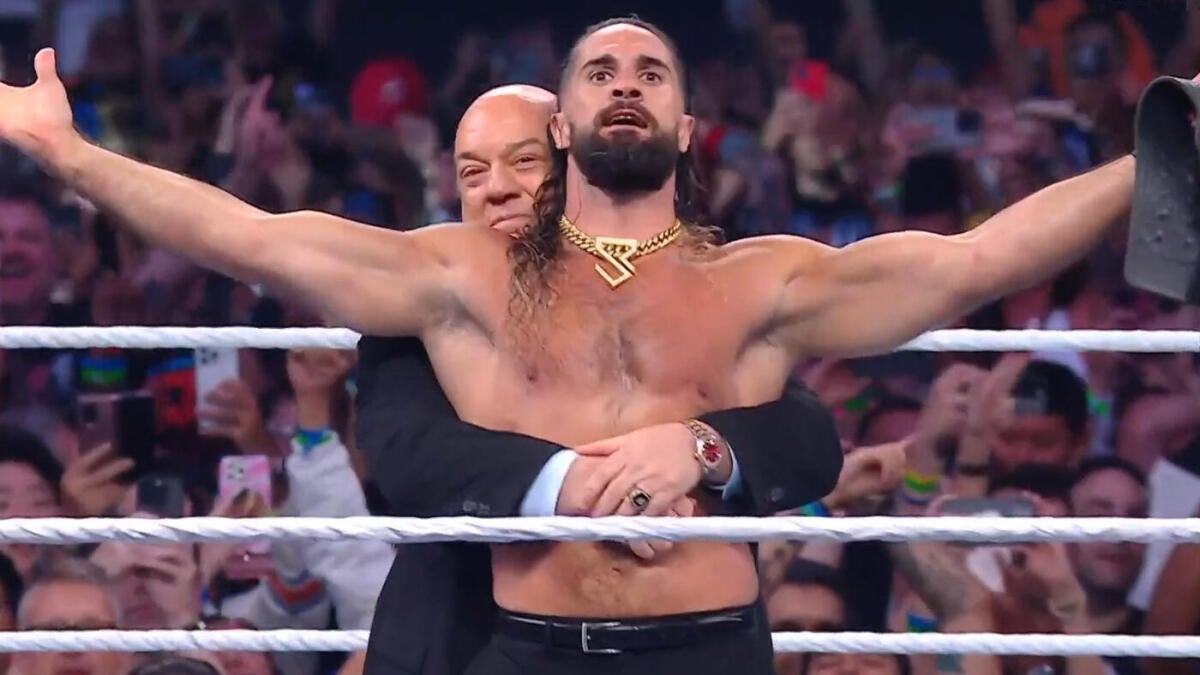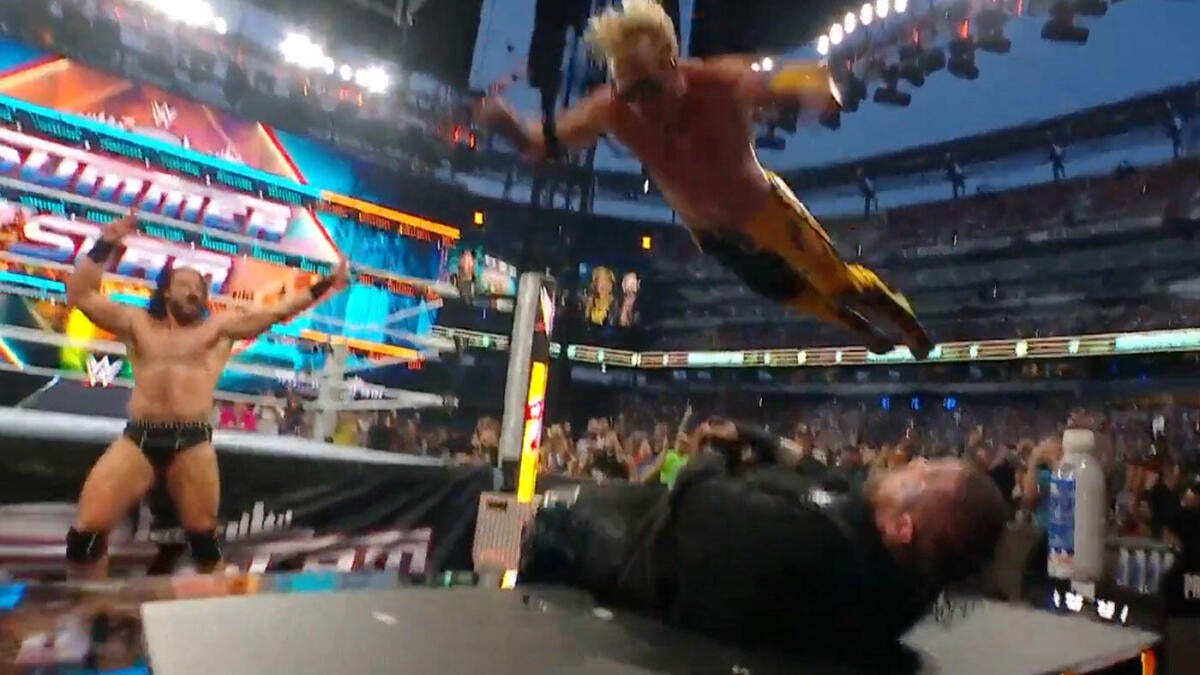The Ke’Bryan Hayes Trade: A Strategic Shift in the NL Central
Introduction: A Bold Move with Divisional Ramifications
The baseball world witnessed a significant intra-division trade when the Pittsburgh Pirates sent Ke’Bryan Hayes to the Cincinnati Reds. This transaction, executed just before the MLB trade deadline, sent shockwaves through the National League Central, raising questions about both teams’ strategic directions. The deal, which saw the Reds acquire a Gold Glove-winning third baseman while the Pirates received a reliever and a prospect, represents a fascinating case study in baseball’s delicate balance between immediate contention and long-term rebuilding.
The Trade Breakdown: What Each Team Gained
Cincinnati Reds: Immediate Defensive Upgrade
The Reds’ acquisition of Ke’Bryan Hayes addresses a critical need for improved infield defense. Hayes, who won the National League Gold Glove at third base in 2023, brings elite defensive metrics to Cincinnati. His exceptional range, glove work, and arm strength make him a game-changer in the field. Beyond defense, Hayes offers consistent offensive production, with a career batting average of .270 and a solid on-base percentage. His eight-year, $70 million contract provides the Reds with long-term stability at a premium position, allowing them to focus on other roster needs.
Pittsburgh Pirates: Future Assets and Financial Flexibility
For the Pirates, trading Hayes represents a strategic pivot toward rebuilding. In return, they acquired Taylor Rogers, a reliable reliever who can provide immediate bullpen help, and Sammy Stafura, a promising prospect. The trade frees up significant payroll space, giving the Pirates financial flexibility to invest in other areas or improve their overall financial health. While losing a player of Hayes’ caliber is never easy, the Pirates appear to be prioritizing long-term assets and future development.
The Strategic Implications: Short-Term vs. Long-Term
Reds: Contending in a Competitive Division
The Reds’ acquisition of Hayes signals their intent to contend in the highly competitive NL Central. With a strong defensive infield, the Reds can reduce opponents’ scoring opportunities and turn more batted balls into outs. Hayes’ presence at third base solidifies their infield, potentially leading to more wins and a stronger challenge to other teams in the division. The Reds’ front office likely views this trade as a crucial step toward building a championship-caliber roster.
Pirates: Rebuilding for the Future
The Pirates’ decision to trade Hayes reflects a different strategic approach. While the immediate impact of losing a Gold Glove winner is significant, the Pirates are likely focused on the long-term benefits of acquiring prospects and financial flexibility. Taylor Rogers can provide immediate help to their bullpen, but the key to this trade for the Pirates lies in the potential of Sammy Stafura. If developed correctly, Stafura could become a valuable contributor in the years to come. The Pirates’ front office is betting on the future, even if it means sacrificing a star player in the present.
Intra-Division Trades: A Rare but Calculated Risk
Trades between division rivals are relatively uncommon due to the inherent risk of strengthening a direct competitor. The Pirates trading Hayes to the Reds highlights the specific circumstances and motivations driving this deal. For the Reds, the perceived need for an immediate defensive upgrade outweighed the risk of potentially helping a division rival. For the Pirates, the long-term benefits of acquiring prospects and financial flexibility may have been deemed more valuable than retaining Hayes, even within the context of divisional competition.
The Impact on the NL Central
The Ke’Bryan Hayes trade undoubtedly impacts the competitive landscape of the NL Central. The Reds, with their improved defense, become a more formidable opponent. Their ability to prevent runs will be enhanced, potentially leading to more wins and a stronger challenge to other teams in the division. The Pirates, on the other hand, may experience some short-term setbacks as they adjust to life without Hayes. However, if their acquired prospects develop as hoped, they could be well-positioned for long-term success.
Financial Implications: A Long-Term Investment
Hayes’ eight-year, $70 million contract represents a significant financial commitment for the Reds. However, it also provides cost certainty at a premium position. The Reds know what they’re paying for Hayes’ services over the next several years, allowing them to plan their budget accordingly. For the Pirates, trading Hayes frees up payroll space, which could be used to invest in other players or to improve their overall financial health. The financial implications of this trade extend beyond the immediate transaction, affecting both teams’ long-term financial strategies.
Fan Reaction and Expectations
The trade has likely elicited varied reactions from fans of both teams. Reds fans are likely excited about the arrival of a Gold Glove-winning third baseman, viewing it as a sign that the team is serious about contending. Pirates fans, however, may be disappointed to see a popular player traded away, especially to a division rival. The success of this trade, in the eyes of the fans, will ultimately depend on the performance of Hayes in Cincinnati and the development of the players acquired by the Pirates.
Conclusion: A Trade with Far-Reaching Consequences
The trade sending Ke’Bryan Hayes to the Cincinnati Reds is a multifaceted transaction with implications for both teams and the NL Central division. The Reds gain an elite defensive player who solidifies their infield and provides long-term stability. The Pirates, in turn, acquire prospects and financial flexibility, positioning themselves for a potential rebuild. Whether this trade proves to be a win-win scenario or favors one team over the other remains to be seen, but its impact on the competitive landscape of Major League Baseball is undeniable. This deal underscores the intricate balance between short-term goals and long-term strategies in baseball, where every decision can have a ripple effect across the league.











